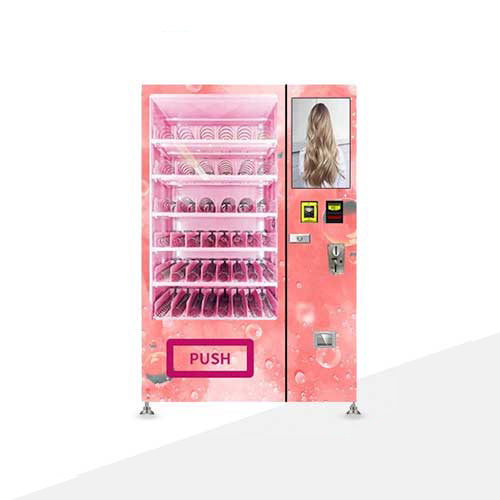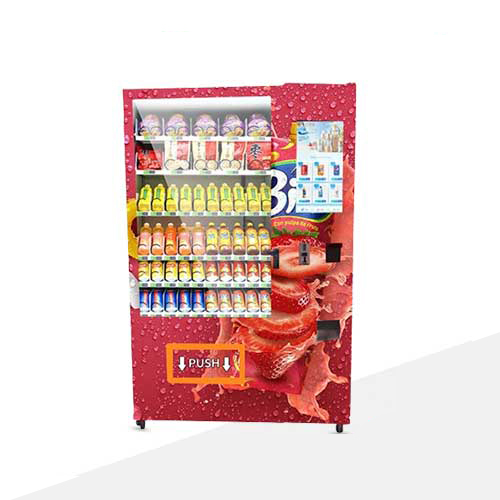
How To Break Up The Curse Of “A Profitable”? Bigger Size Business Is Less
In the realm of automated vending, the common belief that larger operations inherently yield more profits is a prevalent but misleading notion. This article aims to unravel the "Profitable Paradox" within the automated vending industry, exploring the counterintuitive trend where expanding operations may not necessarily lead to increased profitability. Moreover, it provides actionable insights into overcoming these challenges and fostering sustained profitability in the automated vending sector.
Understanding the Profitable Paradox:
The Profitable Paradox in the automated vending industry refers to the perplexing scenario where, as vending businesses grow in size, profitability may experience a decline. This challenges the conventional notion that scaling up in the automated vending sector guarantees higher profits. Understanding the specific factors contributing to this paradox is crucial for devising effective strategies to navigate and overcome it.
Factors Contributing to the Paradox in Automated Vending:
- Operational Complexity: Larger automated vending operations often grapple with increased operational complexity. Managing a diverse range of products, multiple vending machines, and intricate logistics can lead to inefficiencies and higher operational costs.
- Communication Challenges: As automated vending businesses expand, effective communication becomes more challenging. Misalignment in inventory management, machine maintenance, and product restocking can hinder overall operational efficiency.
- Technical Redundancies: With the growth in the number of vending machines, technical redundancies may occur. Maintaining and servicing an extensive network of machines can lead to increased downtime and maintenance costs.
- Market Saturation: The automated vending industry, like any other, may face challenges related to market saturation. Identifying new locations and consumer demographics becomes crucial for sustaining revenue growth.
Navigating the Challenges in Automated Vending:
- Implement Smart Inventory Management: Utilize advanced inventory management systems to streamline product restocking. This ensures optimal stock levels, minimizes wastage, and contributes to overall cost-effectiveness.
- Enhance Communication Channels: Prioritize robust communication channels between vending machines, central management systems, and maintenance teams. Real-time data sharing facilitates proactive problem-solving and ensures smooth operations.
- Invest in Predictive Maintenance: Embrace predictive maintenance technologies to anticipate and address technical issues before they result in machine downtime. Proactive maintenance reduces operational disruptions and associated costs.
- Explore Niche Markets and Innovation: To counter market saturation, explore niche markets and consider innovative product offerings. Incorporate cashless payment options, eco-friendly products, or customized vending experiences to attract diverse consumer segments.
Conclusion:
Disentangling the Profitable Paradox in the automated vending industry demands strategic foresight and proactive measures. By addressing operational complexities, improving communication infrastructure, investing in predictive maintenance, and embracing innovation, vending businesses can position themselves for sustained profitability. Recognizing the unique challenges associated with growth in the automated vending sector and implementing tailored solutions are fundamental steps toward reshaping the narrative that larger vending operations are not always more profitable.
Comments
Comments require logging in to a Google account first.
You may also like

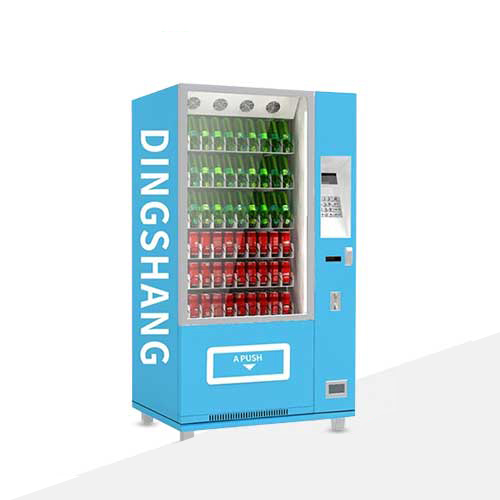
Tailored Business Experience: DingShang Customizable Vending Machine, Leading the Market Trend, Creating Extraordinary Shopping Experiences!

DingShang Tech Reinvented: Customizable Smart Vending Machine, Accentuating Business Unique Selling Points, Igniting Consumer Experiences!
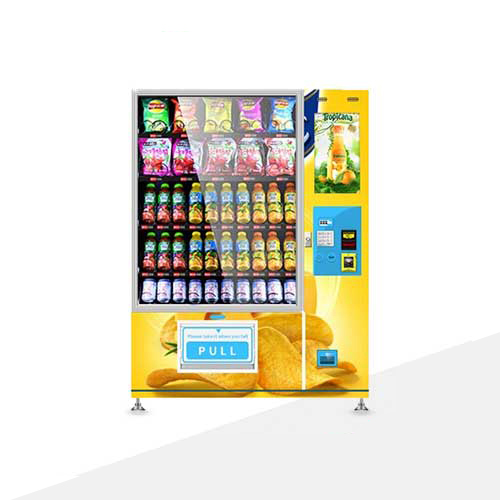
Face Recognition Shopping Sensation: DingShang Customizable Smart Vending Machine, Infusing Personalized Services, Bringing Technological Beauty to Business!
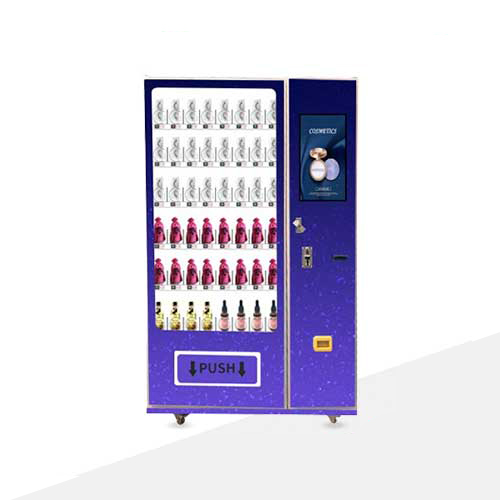
Face Recognition Payment Heights: DingShang Facial Recognition Unmanned Vending Machine, Personalized Business Efficiency, Enjoy the Charms of Technology!

Subway Shopping New Trend: DingShang Customizable Smart Vending Machine, Highlighting Unconventional Shopping Experiences, Leading the Fashion Frontier!
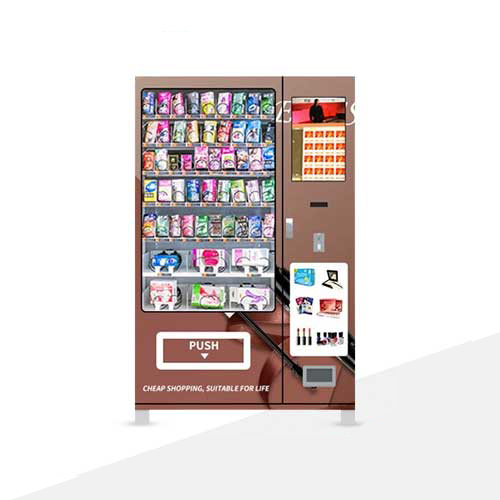
Subway New Fashion: DingShang Customizable Smart Vending Machine, Defining Fashionable Shopping, Taking You on a Journey of New Shopping Trends!
